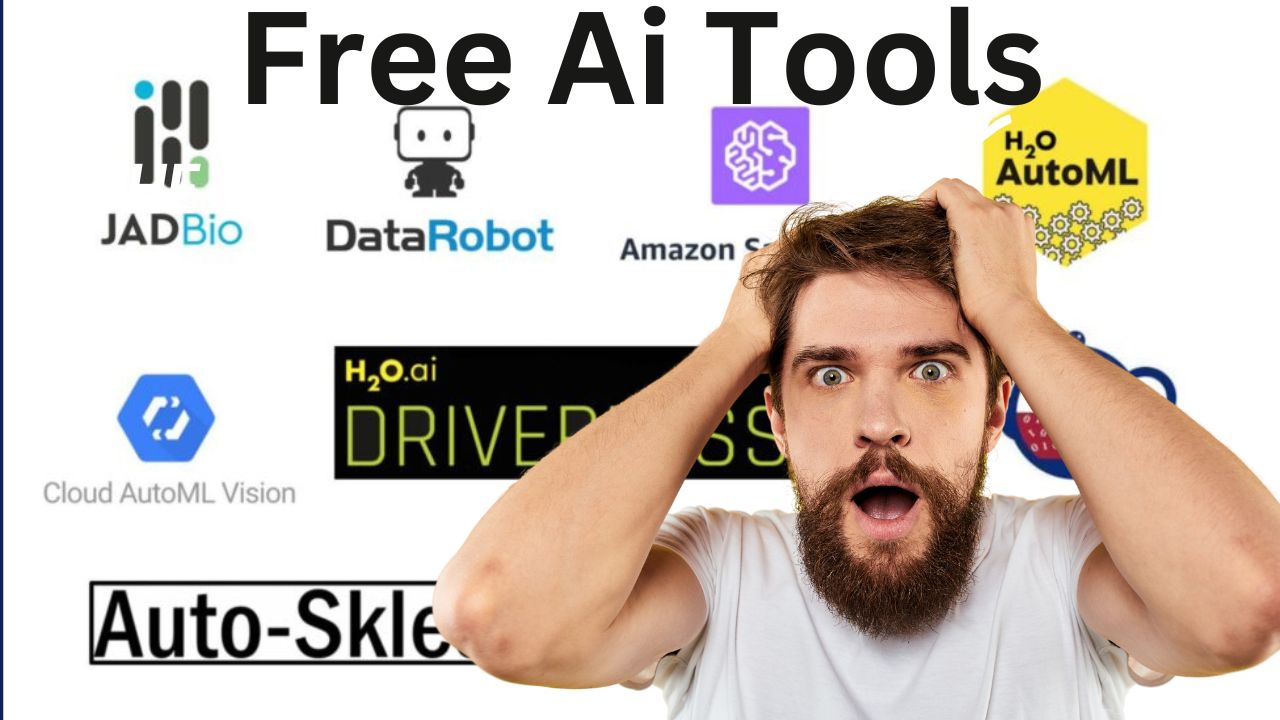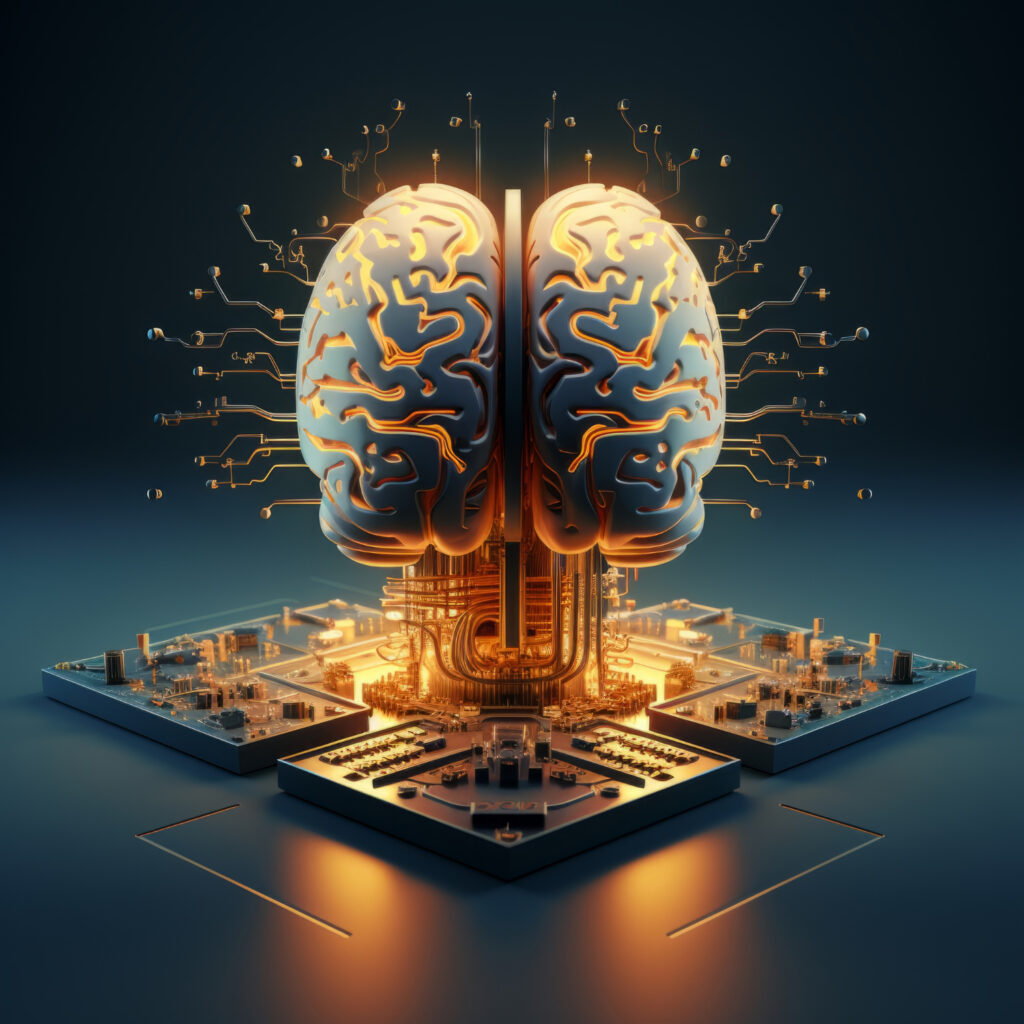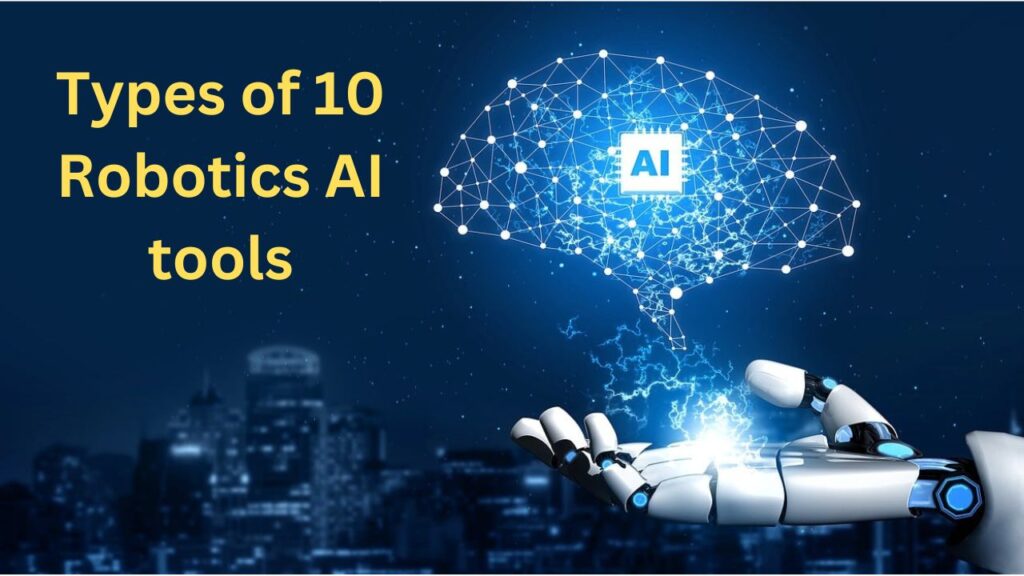Types of Automated Machine Learning Ai tools


Introduction
Automated Machine Learning AI tools represent a paradigm shift in the field of machine learning, aiming to democratize the creation of powerful predictive models. These tools are designed to automate and simplify the traditionally intricate and resource-intensive process of developing machine learning models, making it accessible to a broader audience with varying levels of technical expertise.
AutoML platforms streamline the end-to-end machine learning workflow, encompassing crucial stages such as data preprocessing, feature engineering, model selection, hyperparameter tuning, and even model deployment. By automating these steps, individuals and organizations can focus on interpreting results and making informed decisions rather than getting bogged down in the technical intricacies of model creation.
These tools often employ advanced algorithms and methodologies to efficiently navigate the vast space of possible models and configurations, selecting the optimal combination that maximizes predictive accuracy. By abstracting complex tasks and providing user-friendly interfaces, AutoML tools empower users to harness the power of machine learning without requiring an in-depth understanding of algorithms or coding expertise.
The applications of AutoML span various domains, from business and finance to healthcare, enabling quicker and more accurate decision-making. Moreover, they contribute to the rapid advancement of AI adoption by lowering the barriers to entry and fostering innovation in data-driven solutions. As AutoML continues to evolve, it holds immense promise in revolutionizing how machine learning is leveraged, ultimately paving the way for a more inclusive and efficient AI landscape.
Here are the names of the top 10 Automated Machine Learning AI tools:
- AutoML
- H2O.ai
- DataRobot
- Google Cloud AutoML
- Microsoft Azure AutoML
- IBM Watson AutoAI
- Databricks AutoML
- TPOT (Tree-based Pipeline Optimization Tool)
- Auto-Sklearn
- Google AutoML Tables

1. AutoML:
An automated machine learningai tools platform that streamlines the machine learning process, automating tasks like data preprocessing, feature selection, model selection, and hyperparameter tuning, making it easier for non-experts to build high-performing ML models.
2. H2O.ai:
H2O.ai provides an open-source software platform that offers AutoML capabilities, allowing users to automate the machine learning pipeline, including data preprocessing, feature engineering, model selection, and hyperparameter tuning.
3. DataRobot:
DataRobot is an AI platform that automates the end-to-end machine learning lifecycle, from data preparation to model deployment. It automates tasks such as data cleaning, feature engineering, model selection, and even deployment in various formats.
4. Google Cloud AutoML:
A suite of machine learning products by Google that automates the creation of high-quality ML models with minimal effort and machine learning expertise, customized for various tasks like vision, language, and structured data.
5. Microsoft Azure AutoML:
Part of Microsoft Azure, this tool simplifies the process of building machine learning models by automating model selection, feature engineering, and hyperparameter tuning. It’s designed to help users create accurate models without extensive machine learning knowledge.

6. IBM Watson AutoAI:
An IBM Watson service that automates the AI model development process, helping users build accurate models by automatically preparing data, selecting features, and optimizing hyperparameters.
7. Databricks AutoML:
Databricks offers an AutoML toolkit that automates the end-to-end machine learning workflow, allowing users to quickly build and deploy machine learning models at scale.
8. TPOT (Tree-based Pipeline Optimization Tool):
TPOT is an open-source Python library that automates the machine learning pipeline, searching for the best model and hyperparameters using genetic programming.
9. Auto-Sklearn:
An open-source automated machine learning library in Python that automates the selection and configuration of machine learning models, optimizing them for a given task.
10. Google AutoML Tables:
A Google Cloud service that automates the process of building and deploying ML models on structured data, utilizing advanced machine learning techniques to achieve high prediction accuracy.
Conclusion
Automated Machine Learning (AutoML) AI tools stand at the forefront of a transformative era in artificial intelligence and data science. These tools represent a significant leap forward, democratizing access to the potential of machine learning and predictive analytics. By automating and simplifying the intricate processes involved in building machine learning models, AutoML brings forth a wave of accessibility and efficiency that was once confined to seasoned data scientists and machine learning experts.
AutoML platforms have successfully abstracted the complexities of machine learning, enabling individuals and businesses with varying levels of technical expertise to harness the power of AI. Through intuitive interfaces and automated workflows, users can effortlessly navigate the intricacies of data preparation, model selection, and hyperparameter tuning. This empowers them to focus on interpreting results and deriving valuable insights from the models, driving smarter decision-making.
Moreover, AutoML has broadened the scope of AI applications across industries, from finance and healthcare to marketing and beyond. Businesses can now expedite their AI initiatives, swiftly turning data into actionable intelligence. This acceleration in model development not only saves time and resources but also fosters innovation by encouraging experimentation and iteration.
Looking ahead, the continued advancements in AutoML technology hold immense promise. As these tools evolve, we anticipate further enhancements in model performance, interpretability, and adaptability to diverse datasets. AutoML will likely continue to bridge the gap between the growing demand for AI solutions and the scarcity of AI experts, ultimately propelling us into an era where the benefits of AI are accessible to all, driving innovation and creating a better, data-informed future.




veering xyandanxvurulmus.NxnmzMpN4FnC
Can you be more specific about the content of your article? After reading it, I still have some doubts. Hope you can help me.
Thanks for sharing. I read many of your blog posts, cool, your blog is very good.
Can you be more specific about the content of your article? After reading it, I still have some doubts. Hope you can help me.
I don’t think the title of your article matches the content lol. Just kidding, mainly because I had some doubts after reading the article.
I don’t think the title of your article matches the content lol. Just kidding, mainly because I had some doubts after reading the article.
Your point of view caught my eye and was very interesting. Thanks. I have a question for you.
Thank you for your sharing. I am worried that I lack creative ideas. It is your article that makes me full of hope. Thank you. But, I have a question, can you help me?
Can you be more specific about the content of your article? After reading it, I still have some doubts. Hope you can help me.
I don’t think the title of your article matches the content lol. Just kidding, mainly because I had some doubts after reading the article.
Can you be more specific about the content of your article? After reading it, I still have some doubts. Hope you can help me.
Your point of view caught my eye and was very interesting. Thanks. I have a question for you.
Can you be more specific about the content of your article? After reading it, I still have some doubts. Hope you can help me.
Thanks for sharing. I read many of your blog posts, cool, your blog is very good.
thx
thx
thx
thx
thx
thx
thx
thx
thx
thx
thx
thx
thx
thx
thx
thx
thx
thx
thx
thx
thx
thx
thx
thx
thx
thx
thx
thx
thx
thx
thx
thx
thx
thx
thx
Thank you for your sharing. I am worried that I lack creative ideas. It is your article that makes me full of hope. Thank you. But, I have a question, can you help me?
thx
thx
thx
thx